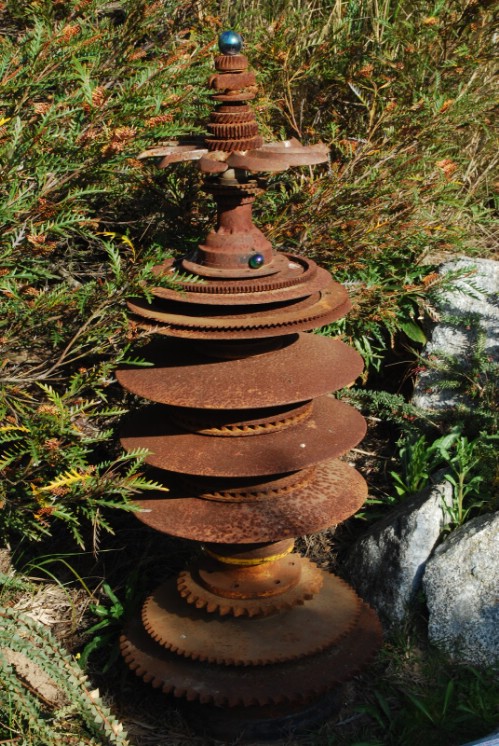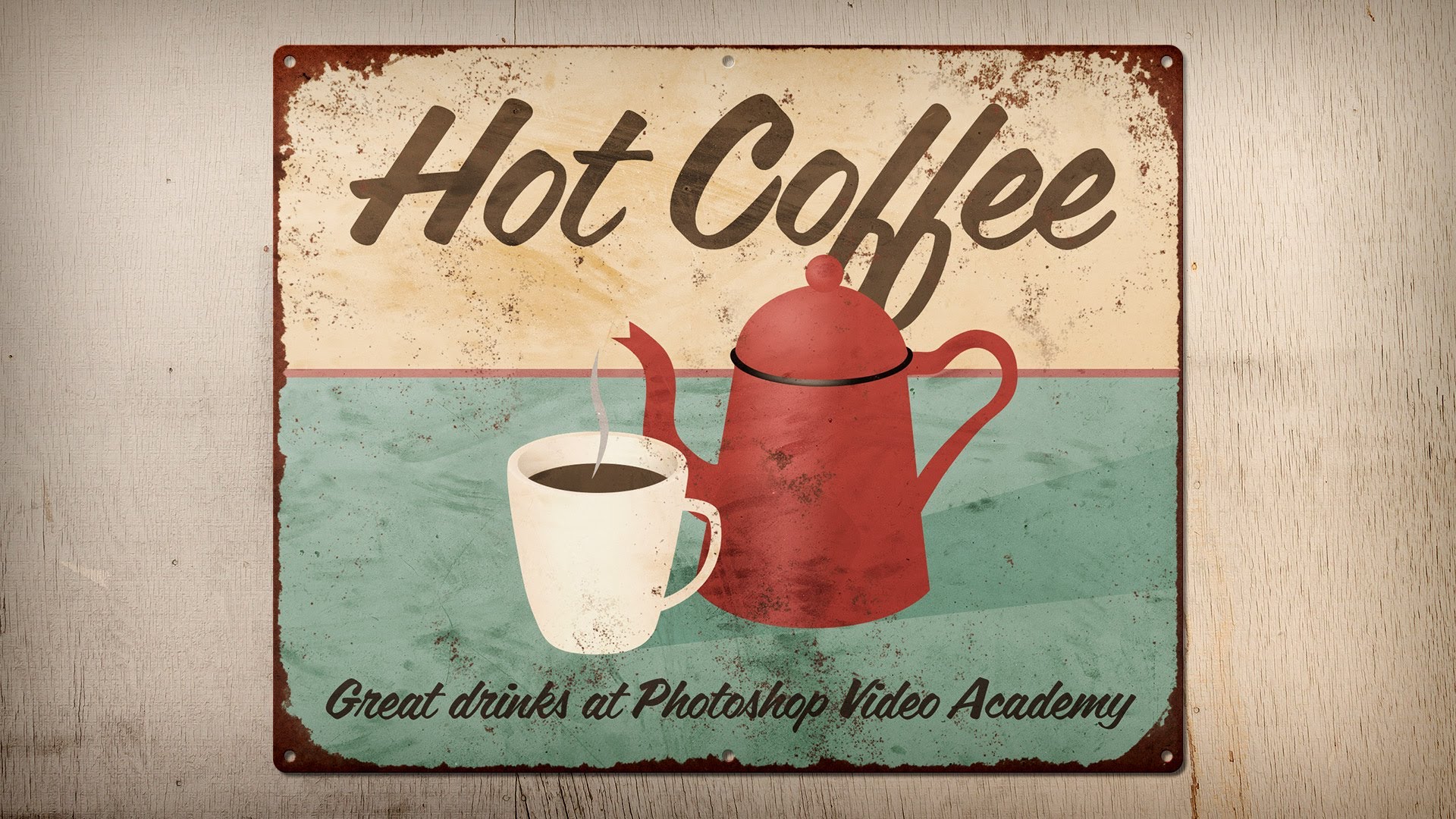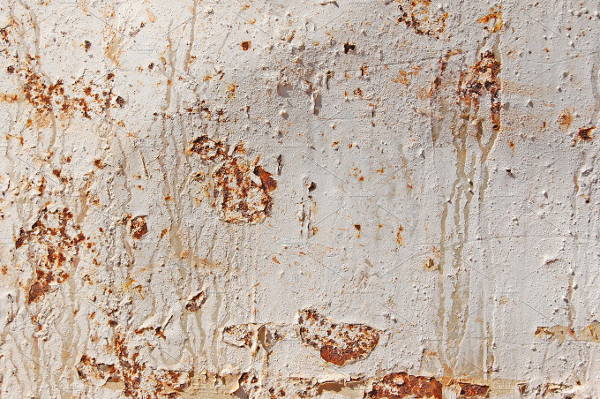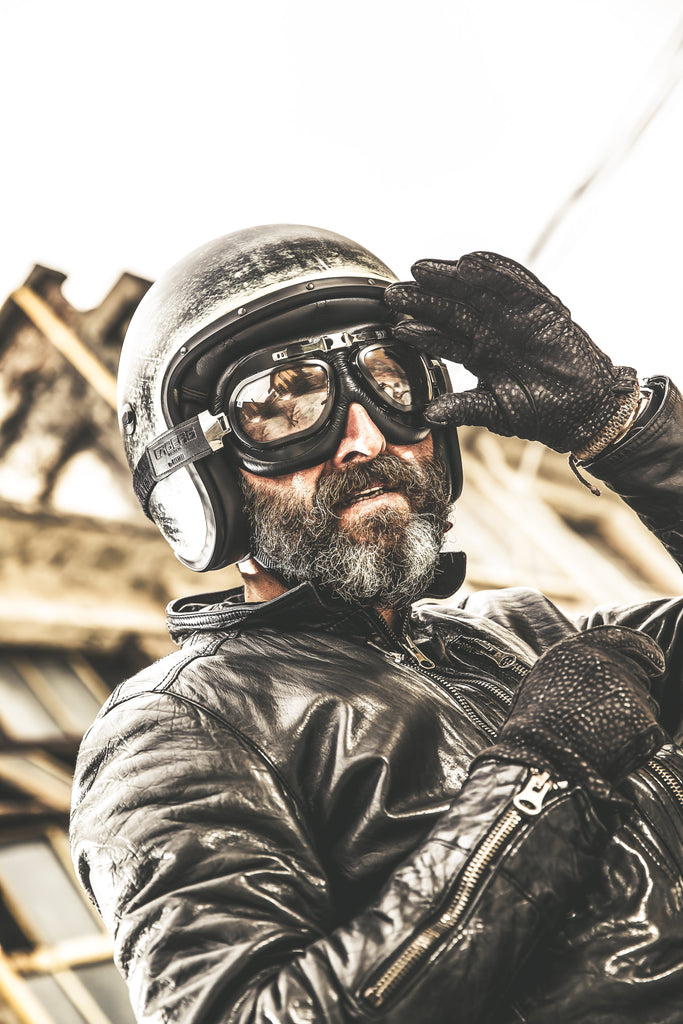Yes I used muriatic acid on 1" x 1" galvanized metal wire mesh cloth to be used as a panel in a wood frame door. I just soaked the wire mesh with acid by using an old brush or straw broom for approximately 15 minutes and let it dry. Then hose it off with water to induce rust. Repeat it several several times till you are happy with it.
The acid is very toxic and it is recommended that it be done outside and using rubber gloves and a face respirator mask. The same procedure can be used for new galvanized steel corrugated tin as well. For best results, I used a long straw broom to distance myself far when applying the acid and rust almost appear within 10 minutes after it dries. It could make the rust flaky of which you can sand lightly to your tastes. You can wipe it clean with cloth rags and still retain the rusty looks. As an option, you can spray it with satin polytherene to prevent it from getting dirty and rusty on your hands.
If they are aluminum you can't get them to rust. The best thing I have found to age aluminum, is bleach, which has already been suggested. If you want them to look rusty you will need to experiment with light sprays of brown, red primer, and yellow paint and dry brush to blend.
If they are galvanized then lightly spraying them with muriatic acid or toilet bowl cleaner) will give them a patina. Make sure to do this outside, stay upwind, and wear goggles and gloves. After they are dry the patina can be enhanced by wiping with gun blueing. To age galvanized metal, start by sanding it with 80-grit sandpaper until it no longer looks shiny and slick. Next, pour an acid toilet bowl cleaner over the metal surface, and rub it with a steel wool pad.
Let the cleaner sit on the metal for about 30 minutes, or until it looks as old as you want it to. Finally, rinse away the cleaner and dry off the metal to see your newly aged piece. Working in a well ventilated area, pour the peroxide into the spray bottle. Spray the tin or iron with peroxide, misting generously.
Rusting should begin almost immediately, and is sort of fun to watch. Allow items to dry completely, and then rub to remove salt. Different effects can be achieved using more or less salt.
I also achieved some nice rusting by letting the items dry, and then remisting them with peroxide to start the process all over again. Rinsing the rusted item in cold water removes some of the rust, and gives a smoother surface. This is definitely a technique to experiment with fully before you plunge in with a big piece. So you've prepped the metal object for rusting, but how does the oxidation process actually happen?
First, you'll need to create a rusting solution by combining 16oz hydrogen peroxide, 2oz white vinegar, and ½ tablespoon of salt. If possible, mix this solution in the spray bottle with some of the leftover white vinegar. Shake it up so that everything mixes well, and then start spraying down your object.
If the rusting doesn't start happening immediately, you may need to put your object in direct sunlight for a while. Work quickly and coat with a pump or spray bottle. When it dries, immediately rinse with water, dry and re-apply until you get the desired finish. Don't use paint on finishes they are a joke. Before you begin this outdoor project, make sure the rust hasn't damaged the structural integrity of the item.
Small spots of rust are likely manageable, but large corroded areas might not be salvageable. If the frame remains sturdy, use the following steps to paint rusty metal furniture, including pieces made from aluminum, iron, and steel. When exposed to rain, sun, and outdoor elements over long periods, metal patio furniture will eventually rust.
How do you make metal look old and rusty Painting rusted metal furniture is a simple DIY project that can quickly make tables and chairs look good as new. However, paint won't stick to dirty, rusty surfaces, so you'll have to remove the rust before adding your favorite paint color. Set the degreased object outdoors or in a well-ventilated area on a piece of cardboard.
Work in an area where you can spray rusting solution without affecting nearby surfaces. Spray your metal object with plain white vinegar, soaking the surface and letting it dry before reapplying. The acidic vinegar lightly etches the metal surface so the piece will rust faster. Repeat the spray-dry pattern a couple of times. Painted products that look old and weathered are the best alternative for an instant rustic appearance. Also known as " Paint Prints, " it is a product that has been painted repeatedly giving the finish depth and uniqueness.
In many instances, a paint print will try to replicate a naturally occurring patina. Paint Prints normally consist of painted panels that try and replicate an orange/brown rusted appearance, a faded dull galvanized appearance, or a patina'd copper. Because corrugated metal roofs are made with a galvanized coating to prevent corrosion, the paint is going to need some help if we want it to stick. So, we need to neutralize the zinc with an acid. We're going to use white vinegar since it's completely natural, inexpensive, easy to find, and completely harmless to you.
To make your new, shiny metal appear old, you can antique it with paint. You can also tarnish it using corrosive materials, such as acid cleaner, vinegar, and salt. It may seem like a big project, but all you need is some ordinary household products to make a metal object age several years in just a few hours or so.
You can create some incredible props or just some homemade decorative metal pieces that look like expensive antiques. Yes, the next step is just like pickling cucumbers, only here you're pickling steel. This helps to create a uniform coat of rust, instead of certain areas being rustier than others. Pour some white vinegar into the spray bottle and then spray every inch of the metal object. Let it dry in the sun, and then repeat several more times. Now, your steel will be ready for the main event.
The secret to painting galvanized steel is white vinegar. If you have a kitchen, then you probably already have this handy solution. White vinegar is both effective and non-toxic, so it is much safer to use than your average industrial solvent.
All you have to do is simply apply the vinegar to a clean rag and then wipe down the galvanized surface. The acidity of the vinegar will react with the metal, treating the surface to promote paint adhesion. First, you'll need to create a rusting solution by combining 16oz hydrogen peroxide, 2oz white vinegar, and ½ tablespoon of salt. So, what is the best primer for coating that rusted metal roof? There are quite a few good products on the market, but my favorite is the Rust-Oleum High-Performance Rusty Metal Primer.
Its formula is made specifically for rusted metal surfaces and it stops rust where it is so it can't continue spreading and ruin your new paint job. It is the second Wednesday of the month, so you know what that means Monthly DIY Challenge time!!! This month we have partnered up with Modern Mastersto bring you 12 ways to use patina paint from their Metal Effects collection. With my sons bedroom being more on the rustic side, choosing the iron paint with the rust activator was the perfect choice to create a rusty look to a metal letter. Add three tablespoons of citric acid to a bowl of hot water and submerge your rusty metal overnight.
The next day, scrub off the freshly dissolved rust. Degrease the stripped metal with a commercial degreaser to remove grime, dirt or remnants of finish that will prevent the chemical reaction that causes rust. Wear protective goggles and gloves every time you handle chemicals during the rust patina process. Do not handle a degreased piece of metal with your bare hands, to avoid any skin oil residue, which repels the rusting solution. Fill the bottom of a medium-sized plastic tub with 32 ounces hydrogen peroxide, four teaspoons salt and 1/2 cup white vinegar. Place bucket in the solution — it should cover 1-2 inches of the bottom — and let sit for minutes .
You should notice the rust starting to form after five minutes or so. Remove bucket from solution, dab lightly with a dry towel, then flip the bucket over and repeat process on the upper lip (Images 3 & 4). With a few household chemicals, it's easy to speed the oxidation process along. Below, we've shared the basic steps to give your outdoor decorations a charming, weathered look. The lime juice activates the salt crystals and makes the rust soft and easy to remove. Sprinkle some salt on the rusted area and then, sprinkle lime juice on it.
Add more salt and lime juice and form a thick layer. Let the layer settle and leave it on for two to three hours. Now, remove the salt with lime rind and wipe the surface. Make sure to dry it completely or the metal will start to oxidize.
Spray WD-40 on the surface and lubricate the entire area. WD-40 is the 101 technique when it comes to "How to Clean Rust". It prevents moisture and keeps the surface dry and rust-free if any part comes in contact with water. If you don't have limes, you can use lemons instead. Lemon has the same properties as vinegar and works fast on rust.
If you have been trying to turn the outside of your home into a farmhouse inspired exterior, these rusty metal DIY ideas are definitely going to help. If you are looking for old gardening tool projects, I have a list of 25 DIY repurposing ideas for old garden tools, too. Baking soda works well on items with light rust stains.
It also works well on items made out of thin metal. Mix water and baking soda into a thick paste and spread the paste all over the metal, making sure that rusty spots are well covered. Let the paste sit on the object for an hour or so. Use steel wool or a wire brush to scour the object and remove the rust.
Rinse the paste off with water and dry thoroughly. To tackle items with significant rust, submerge your rusty tools or knives in a bowl of vinegar and let them sit overnight. Once they have had a good soak, remove them from the vinegar and scrub the rust off with steel wool or a wire brush. (This may require some elbow grease.) If there are some remaining rust spots, repeat the process and soak the object longer.
Once all the rust has been removed, clean with dish soap and water and dry thoroughly. Strip galvanized metal to prepare it for a rust patina by soaking the metal in a solution of 90 percent vinegar and 10 percent lemon juice overnight. Air-dry the object before applying patina solution, and you'll get a modest head start on rusting. Wearing protective gloves, drizzle a generous amount of toilet bowl cleaner all over the outside of the bucket .
With a piece of steel wool, work cleaner into a lather, covering all of the exterior, including handles and crevices . Place lathered bucket outside or in a well-ventilated area for 2-4 hours or until dry. The longer it sits, the more aged the piece will look. The cleaner acts as stripping agent, removing the galvanized finish from the metal.
And if you love rustic, farmhouse style, or industrial décor, once you know how to age galvanized metal roofing, you can make so many cool DIY décor pieces. From vintage metal signs to rustic magnet boards to unique wall treatments, you can do all kinds of things. At Stage 3, all surface molecules forming red iron oxides have been engaged and are in a powdered or granular state. As the rusting powder of red iron becomes loose and fall off, the remaining darker iron oxides stay behind in a tough sealing layer. The metal's color will darken to a bronze or dark brown as the bright orange and red brushes away. Over time, this patina will spread across the entire surface.
Once the patina is achieved, it is permanent and protective, and requires no maintenance. In steel, rust is usually invasive and corrosive, eating and etching the metal. Steps to prevent corrosion should be performed throughout its service life.
However, for alloys such as cast iron, copper, aluminum, chromium, and zinc, oxides can form a coating that protects the metal from further attack. This type of oxidization is not dangerous and its ability to change the metal's color is often sought after for its rustic charm. Before making metal rust, make sure you have rubber gloves, safety glasses, and a protected work surface. Carefully pour your peroxide into a spray bottle.

























